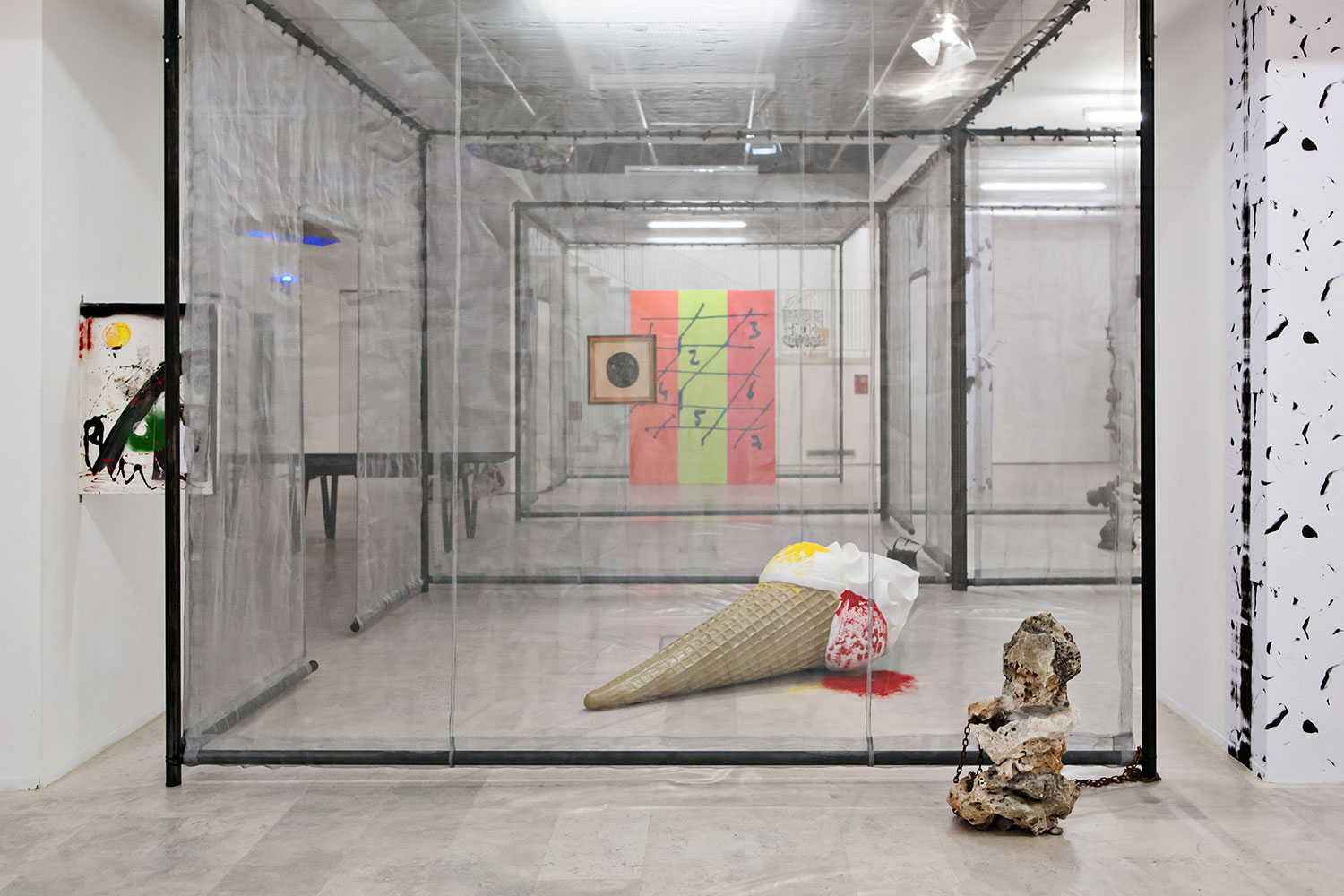One of the most revered American painters of his generation Cy Twombly has died today, July 5, 2011.
A painter influenced by poetry, myth and history, known for grand compositions, resettled in Italy in 1957 at 29 years of age, where the natural environment of the Mediterranean also inspired his art. Twombly made his mark during the Abstract Expressionist movement in the US mounting his first solo show in New York City in 1951. He featured in the 1964, 1989 and 2001 Venice Biennales and various retrospectives starting in the late 1960s, including a major 2008 Tate Modern exhibition.
Early in his career, the painter was sometimes criticized for a naive style that drew comparisons to Art Brut across the Atlantic for its use of agitated scores and impasto effects across the picture plane. His compositions were credited by his supporters as a bridge between the purely gestural “action painting” of the time and the Classical. In certain instances, such as his School of Athens, swift arching lines took architectural and composition notes from the eponymous fresco of Raphael featuring the great philosophers of antiquity.
Landscape and Classical forms occupied the artist’s abstract work into his later years as he continued to experiment with lettering, geometry and renderings in his signature nearly monotonous duotone arrangements. Said to create work sometimes in an ecstatic burst of creative output, Twombly was considered by many admirers a painter’s painter who endlessly explored the implications of line as form, surface and symbol.
Twombly passed away in Rome and his death was announced by Gagosian Gallery.
Today his initial obituary read, “Cy Twombly, Idiosyncratic Painter, Dies at 83” in The New York Times.


